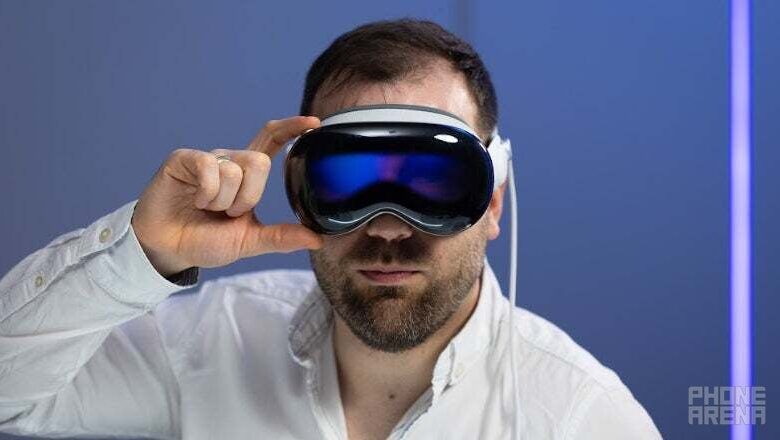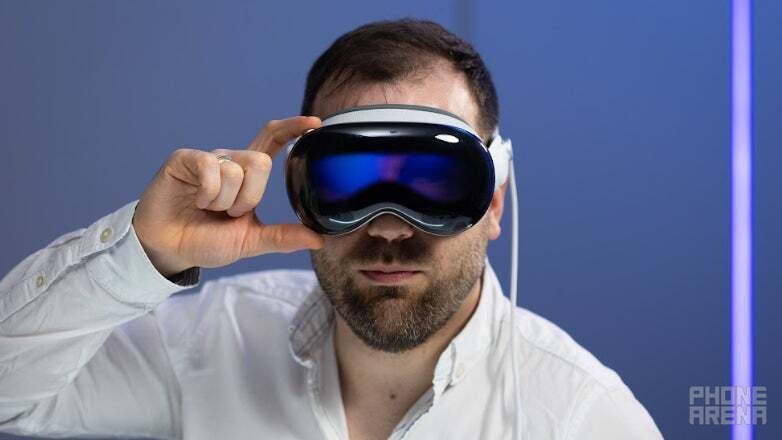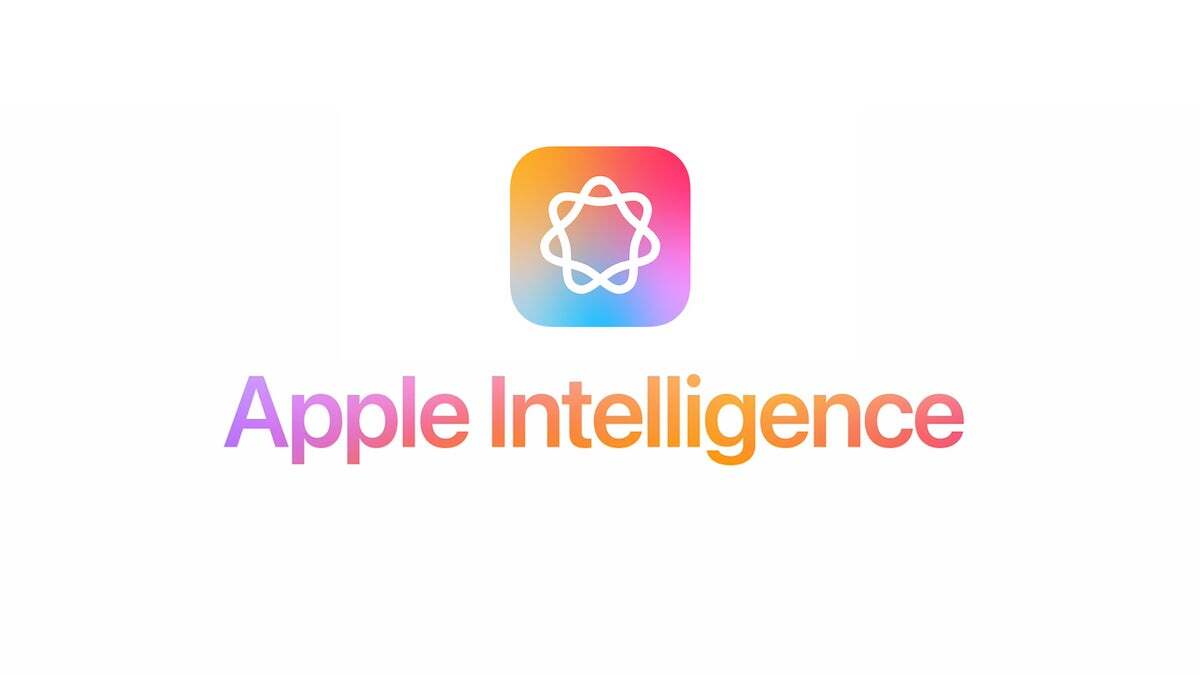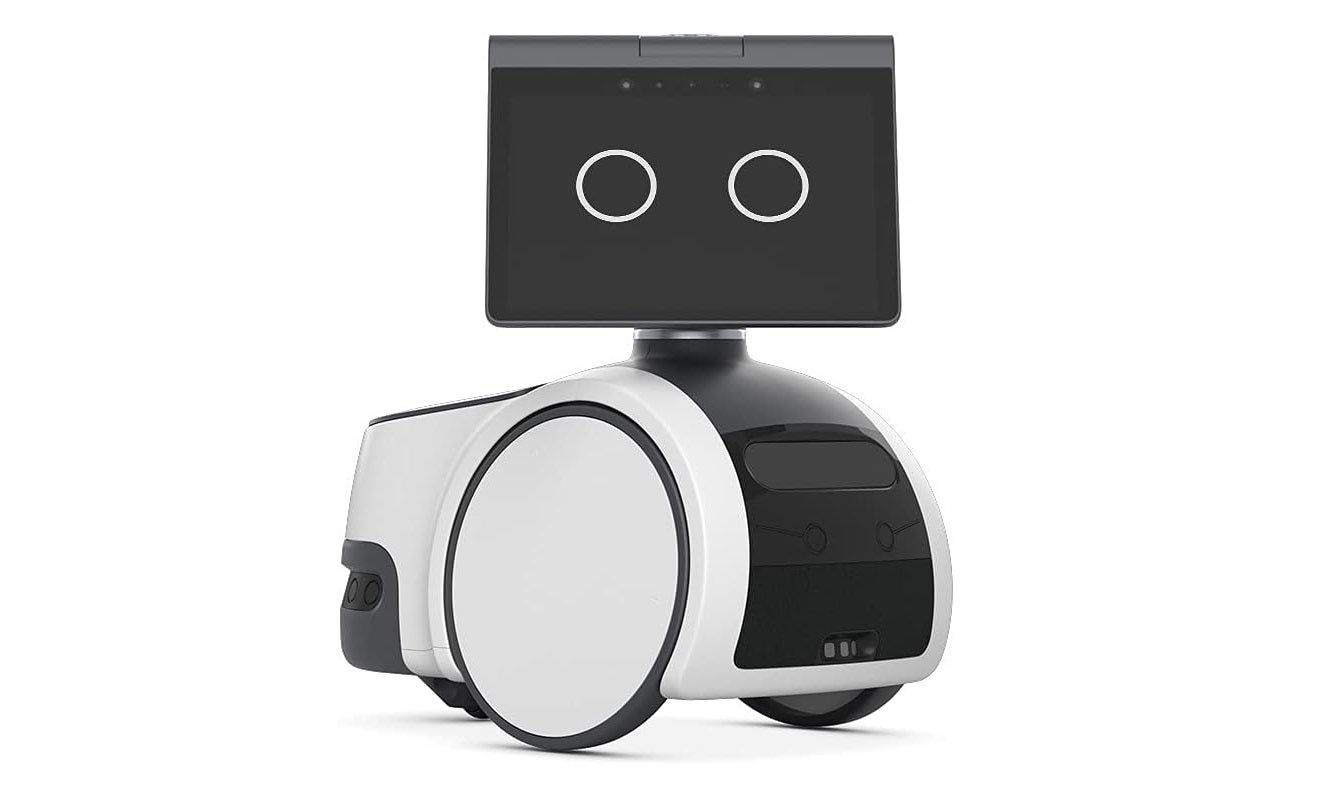Is Apple in panic mode over the “next big thing”? Thoughts on Apple Vision Pro, Apple Intelligence, tabletop robot

The popularity of AR devices is steadily increasing; the likes of AR/VR headsets like Meta Quest 3, and smart glasses like Xreal Beam Pro, are introducing consumers to whole new ways of being entertained, or productive.
Personal and generative artificial intelligence, spearheaded by OpenAI’s ChatGPT and DALL-E, have completely turned the education sector upside down, among others (software development, internet search)…
Flagship smartphones are no longer all akin slabs of glass, but can offer foldable screens, and still enjoy a good bit of popularity doing so, namely the Samsung Galaxy Z Fold 6, and Google Pixel 9 Pro Fold.
Smartwatches and smart bands are no longer everyone’s only mainstream option for fitness tracking, with the recent introduction of the Galaxy Ring, which will surely be followed by competition.
Even personal home robots, primitive as they may be with current technology; basically tablets on wheels, are selling aptly well, namely the Amazon Astro.
As tech enthusiasts, we can’t say these recent years have been boring.
But while all of this was happening, and still is, a certain trillion-dollar company that holds a tight grasp on the majority of the US smartphone market, has remained silent.
Up until 2024, Apple didn’t seem like it cared to have a horse in this race, but then – the Apple Vision Pro came out


The Apple Vision Pro | Image credit – PhoneArena
While Apple was doing its safe thing and releasing iPhones at its traditional pace, virtual reality, and augmented reality (AR/VR) headsets started popping up left and right, and growing in popularity.
Spearheaded by Meta, formerly Facebook, and its affordable Meta Quest headsets, VR gaming became not only accessible, but a lot of people’s daily hobby. Steam, HTC, and other big brands also started investing in the concept.
When the Meta Quest 3 came out last year, it brought not only simple and convenient all-in-one virtual reality gaming, but impressive augmented reality features to the fans too. At a reasonable price, no less.
Meanwhile smart glasses by Xreal, Rokid and TCL’s RayNeo too began growing in popularity, as their features increased and prices dropped.
Even before all that transpired, Apple was rumored to be working on an AR/VR headset of its own. Many years ago now. But nothing ever came of it, until this very year.
Finally, bless the tech gods, during the month of March, 2024, Apple actually released its much-anticipated answer to all of those devices – the Apple Vision Pro headset… for $3,500.
A price we all know nobody can afford, especially for a first-gen product in a still young market where budget headsets reign supreme.
As a long-time AR/VR user and enthusiast myself, I was pretty shocked and disappointed by that price. It was clear that the Apple Vision Pro wasn’t going to be as accessible to enthusiasts as the $199 Meta Quest 2, or $499 Meta Quest 3 was.
Those seem like dirt cheap in comparison, yet actually had infinitely more experiences available than the Vision Pro. Games, apps, the Meta Quest store is full of them, and has been for years.
Meanwhile the Apple Vision Pro arguably turned out to be a highly overengineered proof of concept, meant only for the rich, or for app developers, to buy.
I was able to use it only thanks to this job, and I’m glad I didn’t buy it myself, because it didn’t impress me. I had that $3,500 price at the back of my mind the whole time using it, knowing full well my Meta Quest 3, which costs $3,000 less, is what I’d rather be using instead.
Needless to say, the Apple Vision Pro didn’t exactly crush in sales. We can only guess what Apple could’ve been thinking with that, and only assume cheaper Apple Vision headsets are on the way, but for now, me personally – I consider the Apple Vision Pro a failure.
In order to dominate a certain market, your products need to be either exceptionally useful, or affordable enough for everyone. The Apple Vision Pro, in its current state, is neither.
Whatever Apple’s plan could’ve been for it, soon after the Vision Pro‘s release it became clear that the billion-dollar company has more than one horse prepared for the “next big thing” race…
All of the sudden – Apple Intelligence – but limited to one region, and facing skepticism


Apple Intelligence | Image credit – Apple
Will Apple Intelligence be a winner, then? Clearly Apple Vision Pro didn’t stand a chance with that price. At least Apple Intelligence will be free… but only available in the US, for an unspecified period.
We won’t go into Apple’s trouble with the EU, that’s (at least partially) causing this delay in launching Apple Intelligence in more regions, because that’s for Apple to sort out. We’re users, and what matters to us is that the big, new selling point of the upcoming iPhone 16 series won’t be available to us in Europe.
We’re expected to pay the same price for those iPhones, yet get less features… We’re expected to buy these phones on future promises… In fact, US customers are expected to do the same, because Apple Intelligence isn’t coming to them either, until sometime in 2025.
Regardless, Apple Intelligence does sound like a great deal, when it actually reaches all users. Integrated into your iPhone, with roughly the performance of OpenAI’s GPT-4, this virtual assistant could prove immensely useful, and change the way we look at our phones. Especially considering a lot of its computations will happen on-device, instead of being routed to an online server somewhere, and especially considering that this includes generative capabilities – sounds great for Apple.
The thing is, both Google and OpenAI already offer users free AI, albeit both also try to nudge you towards paid subscriptions. Until Apple starts doing that, I’m rooting for it to succeed, and for this to be a far better release than the Apple Vision Pro was; but we’ll see.
AI isn’t the only “next big thing” that Apple is banking on right now, though, there’s another interesting rumor floating around, and further convincing me that the company’s Apple Vision Pro might have already been pushed to the side, even by its maker…
Now we hear rumors of a $1,000 tabletop Apple robot; an iPad on wheels – is this really going to be a winning strategy?


Amazon Astro | Image credit – Amazon
Don’t get me wrong – it could be. Even Apple’s cheapest iPads are immensely powerful, so Apple could definitely make one on wheels while still keeping it at a reasonable price tag, as reliable insider Mark Gurman claims.But tablets on wheels haven’t historically been a hot-selling item. Besides Amazon’s Astro, which I bet few (if any) of you own, or know somebody that does, there’s not a single even remotely mainstream one to name.
Now, Apple will have to make their little iPad bot very, very useful and appealing, in order to turn this tiny market on its head and actually make a splash. But what could an iPad on wheels really do?
Let’s judge by other similar robots, which have been around for many years now, many launched through Kickstarter over a decade ago only to win their financing goals, yet fail to deliver anything useful, exceptional, or long-lasting. And let’s judge by Amazon Astro too, as it’s still around, being sold, and supported by a huge, wildly profitable company.
They can’t do much. They can wheel around, carpet permitting, and do basic, uninspired tasks like answering questions, starting a video call with a friend or relative, and taking a photo of you from a very low, unflattering angle. Neat… I guess?
Unless you live in a mansion with tons of open space, and your floors are perfectly flat and unobstructed by anything… In fact, even then – what use will you get out of this? It’s a cool toy, sure; a conversation-starter – sure, but it’s still just a tablet.
This isn’t some cool humanoid robot like the Figure 02, with arms and legs, that could theoretically go and fetch you a beer from the fridge in the future. It’s simple, familiar technology, but on wheels.
To be fair, Mark Gurman suggests that this iPad on wheels will only be a first of many robotic devices Apple might be planning to plant around our homes, so like the Apple Vision Pro – it could be a bit underwhelming at launch, but theoretically grow into something special and useful with each new generation.
Either by accident, by throwing stuff at the wall to see what sticks, or with careful planning, Apple could spearhead “the next big thing” with its Vision headsets, its Apple Intelligence, or with personal home robots.
The thing is, all of those underwhelming attempts so far (at least underwhelming in my opinion), really make me think it’s the first one – Apple is just throwing stuff at the wall. And I’m afraid the Apple Vision Pro might not turn into the world’s greatest AR/VR headset as I expected, despite being underwhelmed by it, and disappointed by its initial price.
What do you think – does Apple have a chance to succeed with any of those devices, growing and dominating their respective markets?
Is it just riding trends and throwing stuff at the wall to see what sticks, or is all of this a part of some clever strategy?
Source link



